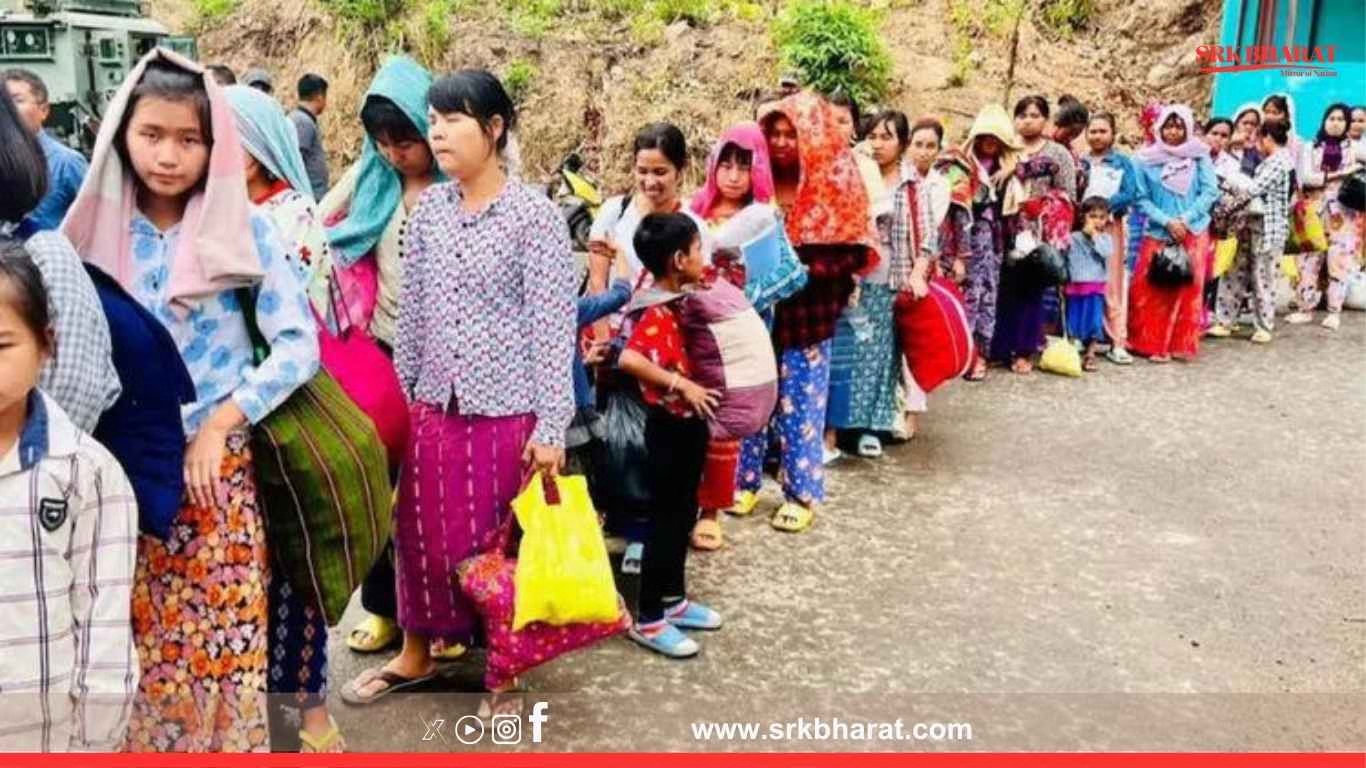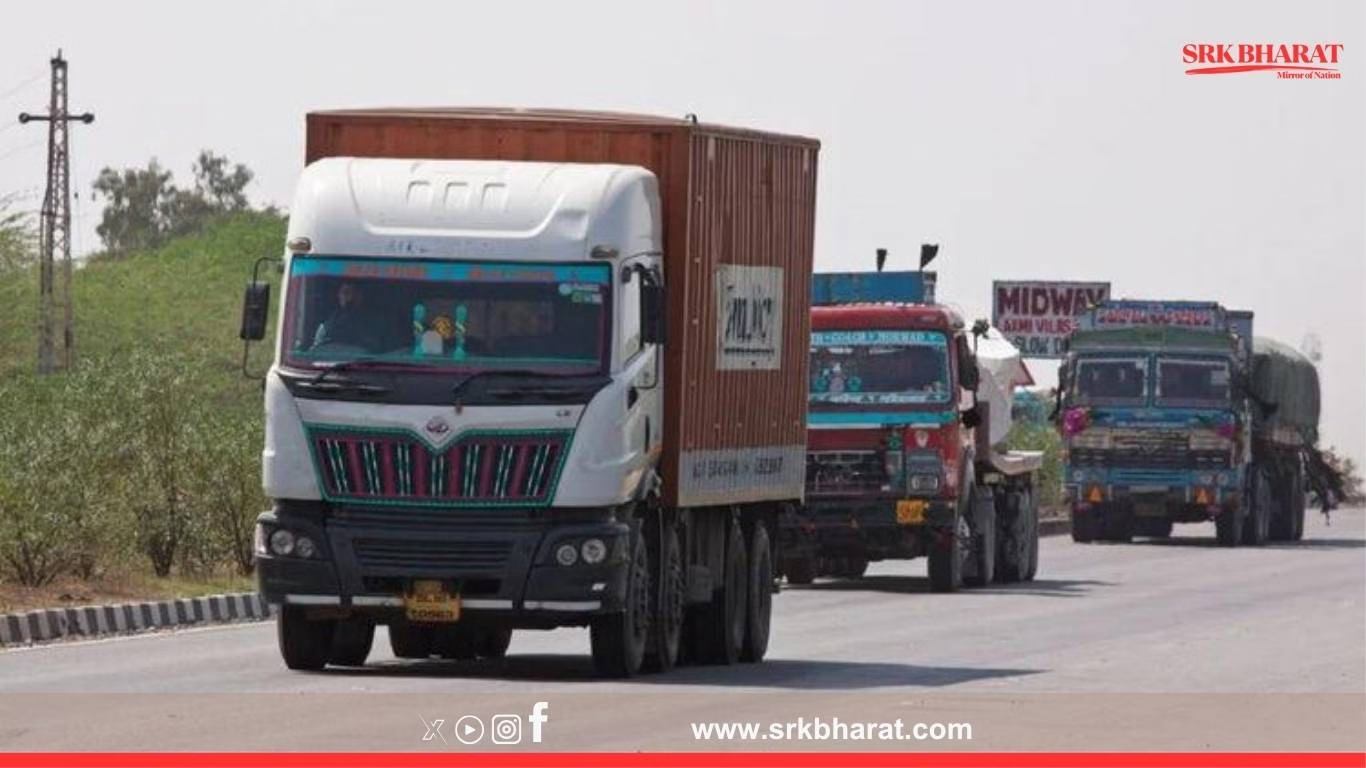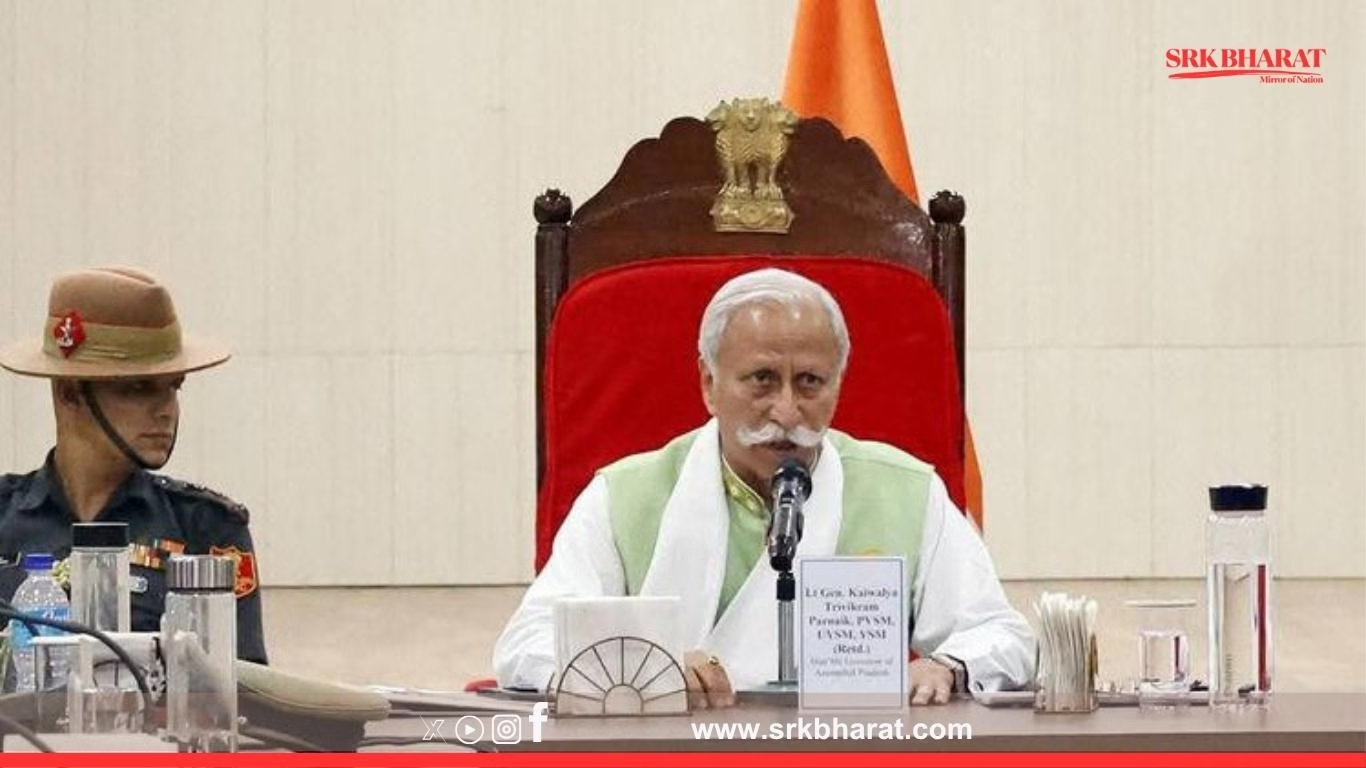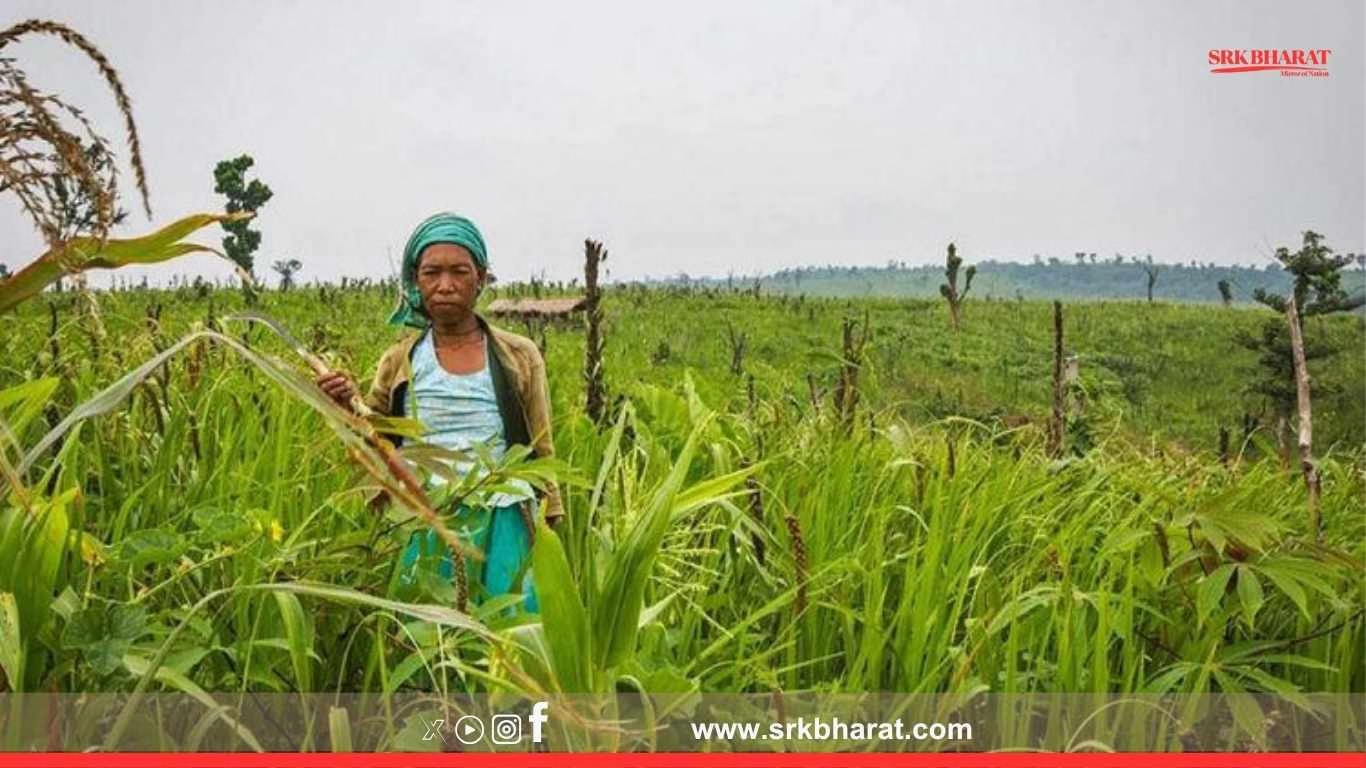In a significant move towards streamlining refugee management and national security, the Mizoram government has launched a biometric enrolment drive to document over 34,000 refugees currently residing in the state from neighbouring Myanmar and Bangladesh. The drive, led by the Home Department in coordination with district administrations and law enforcement agencies, is aimed at creating a verified digital database of the refugees for humanitarian assistance, internal security monitoring, and policy formulation.
The biometric registration project comes in response to an advisory from the Union Ministry of Home Affairs, which had directed all northeastern states sharing international borders to identify and record the biometric and demographic details of “illegal migrants and refugees.” Mizoram, with its geographical proximity and ethnic ties to communities across the Myanmar and Bangladesh borders, has witnessed a continuous influx of displaced populations due to political instability and ethnic unrest in the bordering nations.
Humanitarian Background of the Refugee Influx
Mizoram shares a 510-km porous border with Myanmar and an 318-km border with Bangladesh. Since the 2021 military coup in Myanmar, more than 31,000 people, mostly from the Chin ethnic group, have fled to Mizoram seeking safety from the junta’s military crackdown. Similarly, over 3,000 ethnic Chakma and Hajong refugees from Bangladesh’s Chittagong Hill Tracts have also found shelter in Mizoram over the past few decades due to persecution and displacement.
Ethnic and linguistic similarities between Mizos and the Chin people of Myanmar have prompted the state government to adopt a humanitarian approach, often going against central directives, with local civil society and churches actively supporting refugee welfare.
Biometric Enrolment: Process and Purpose
The biometric enrolment drive began in July 2025 and will continue in phases until all 34,000 refugees are covered. The enrolment includes capturing:
- Fingerprint scans
- Iris scans
- Facial recognition data
- Demographic details such as name, age, origin, family members, and address of residence in Mizoram.
The data is being stored in a centralized refugee management system that will help the government identify duplication, track movement, and provide structured aid where required. The initiative is being rolled out across key refugee-concentrated districts including:
| District | Estimated Refugee Population | Enrolment Centers Set Up |
|---|---|---|
| Champhai | 10,200 | 15 |
| Lawngtlai | 6,800 | 8 |
| Siaha | 4,700 | 7 |
| Lunglei | 4,200 | 5 |
| Aizawl | 5,100 | 10 |
| Others | 3,000 | 6 |
Authorities have assured that the biometric data will not be used to deport genuine refugees but rather to facilitate access to essential services such as medical aid, schooling for children, and ration distribution, while maintaining security oversight.
Local and Central Government Dynamics
While the central government’s directive calls for identifying and potentially deporting “illegal immigrants,” Mizoram’s government has maintained that the Chin and some other groups are “refugees, not illegal immigrants.” This divergence has led to political and legal sensitivities around the enrolment process.
Chief Minister Lalduhoma reiterated Mizoram’s commitment to “humanity-first governance”, stating that the biometric initiative will help refugees live with dignity, without compromising on national security.
In his words:
“We are not criminalizing displaced people. They are victims of political conflict. However, we need to balance compassion with regulation. Biometric documentation will ensure both.”
Support from Civil Society
Mizoram’s civil society, including powerful church groups like the Presbyterian Church Synod and local NGOs such as the Young Mizo Association (YMA), have supported the state’s inclusive refugee policy. Volunteers have been aiding the enrolment drive by providing translations, arranging transportation to enrolment camps, and disseminating awareness in remote villages.
Many community halls and schools are temporarily being used as enrolment centers, with biometric kits deployed across difficult terrains with mobile vans.
Refugee Voices
Refugees from Myanmar, especially from Chin State, have welcomed the move as a step toward identity and recognition. Thirty-two-year-old Niang Hnem, a teacher who fled Myanmar after the coup, shared:
“We live in uncertainty. This registration gives us a little hope that we will not be treated like ghosts. Maybe now our children can go to school or we can visit a hospital without fear.”
For refugees from Bangladesh, the enrolment has rekindled discussions about long-term settlement or potential repatriation under humanitarian frameworks.
Expected Outcomes and Policy Impact
The enrolment process is expected to result in:
| Outcome | Anticipated Benefit |
|---|---|
| Verified refugee database | Better planning for healthcare, education, aid |
| Enhanced law enforcement intelligence | Monitor refugee movement to prevent misuse |
| Reduced risk of duplication/fraud | Prevents multiple aid claims |
| Centralized refugee status tracking | Enables future repatriation or regularization |
| Strengthened Indo-Myanmar, Indo-Bangla diplomacy | Policy discussions backed by real data |
Long-Term Refugee Policy for Mizoram
The state has also urged the Centre to consider a special refugee policy for the Northeast region, particularly for those with ethnic ties to Indian communities. Suggestions include:
- Creation of humanitarian visas for genuine refugees
- Allowing long-term residence permits
- Including refugees in basic service frameworks under state-administered schemes
- Collaborating with international organizations such as UNHCR for policy formulation
While India is not a signatory to the 1951 UN Refugee Convention, many states, including Mizoram, have implemented de facto refugee protections driven by humanitarian and ethnic considerations.
Central Monitoring and Possible Future Actions
The Ministry of Home Affairs will receive periodic updates on the enrolment status and may use the data to propose long-term legislation or guidelines on undocumented foreign nationals in India. While immediate deportations are unlikely due to international and regional diplomatic concerns, the database could become a crucial tool for future negotiations with Myanmar and Bangladesh on repatriation or resettlement.
Conclusion
The biometric enrolment of 34,000 refugees by Mizoram marks a significant development in India’s refugee management framework, balancing humanitarian responsibility with regulatory oversight. As geopolitical instability continues in Myanmar and parts of Bangladesh, Mizoram’s proactive and compassionate approach — complemented by robust data collection — could serve as a model for other border states in India.
It also reopens discussions on the need for a formal refugee policy in India that respects international human rights while ensuring national security and demographic stability.
Disclaimer: This news article is based on publicly available government statements and local administrative updates. It is intended for informational purposes only and does not reflect any legal position or official stance of any governmental authority. The identities and quotes used are illustrative and not intended to breach confidentiality or privacy.











